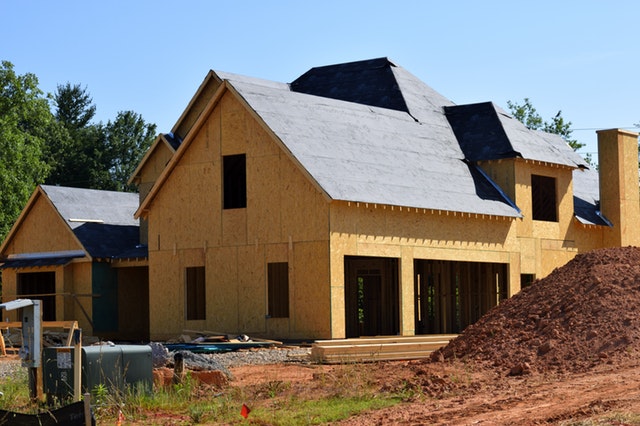Case-Shiller: Home Prices Growth Slows in March
 Home price growth slowed again in May according to Case-Shiller home price indices. Home price growth slowed for the 14th consecutive month to its lowest rate in 12 years. Case-Shiller’s National Home Price Index showed 3.40 percent growth year-over-year in May as compared to April’s year-over-year reading of 3.50 percent.
Home price growth slowed again in May according to Case-Shiller home price indices. Home price growth slowed for the 14th consecutive month to its lowest rate in 12 years. Case-Shiller’s National Home Price Index showed 3.40 percent growth year-over-year in May as compared to April’s year-over-year reading of 3.50 percent.
Las Vegas, Nevada held its first place position in the 20-City Home Price Index for highest year-over-year home price growth rate at 6.40 percent; Phoenix, Arizona held second place with a year-over-year home price growth reading of 5.70 percent. Tampa, Florida home prices grew by 5.10 percent year-over-year in May.
Home Price Growth Rates Fall In West Coast Cities
West coast cities that posted double-digit annual home price gains in recent years posted less than two percent growth in home prices in May. Seattle, Washington was the first city to post negative home price growth with a negative year-over-year reading of -1.20 percent in May. San Francisco, California home prices rose by 1.00 percent year-over-year and home prices in San Diego, California grew 1.30 percent year-over-year.
This trend suggests that home prices were topped out in terms of affordability as buyers looked elsewhere for larger selections of homes at affordable prices.
Analysts predicted a plateau in home price growth and did not expect steep declines in home prices. Steady growth in wages and jobs could help to ease affordability challenges for home buyers. Lower mortgage rates provided additional opportunity for first-time and moderate income home buyers, but home price growth needs to ease further to help would-be buyers conquer affordability concerns. Shortages of homes for sale are most pronounced for lower-priced homes, where demand is largest. Higher demand for homes during the peak selling season could boost prices in popular metro areas.
If you’re in the market for a new home or interested in refinancing your current property, please contact your trusted home mortgage professional.
 Home Builder sentiment rose one point in July according to the National Association of Home Builders Housing Market Index. 2019 builder confidence in housing market condition continued to fall short of 2018 levels. July’s Housing Market Index reading of 65 was one point higher than June’s reading.
Home Builder sentiment rose one point in July according to the National Association of Home Builders Housing Market Index. 2019 builder confidence in housing market condition continued to fall short of 2018 levels. July’s Housing Market Index reading of 65 was one point higher than June’s reading. Case-Shiller’s 20-City Home Price Index for April showed further declines in home price growth with 2.50 percent year-over-year home price growth as compared to March home price growth of 2.60 percent. New York City home prices held steady month-to-month and Seattle, Washington’s home prices were unchanged year-over-year after posting 13 percent home price growth in 2018.
Case-Shiller’s 20-City Home Price Index for April showed further declines in home price growth with 2.50 percent year-over-year home price growth as compared to March home price growth of 2.60 percent. New York City home prices held steady month-to-month and Seattle, Washington’s home prices were unchanged year-over-year after posting 13 percent home price growth in 2018.